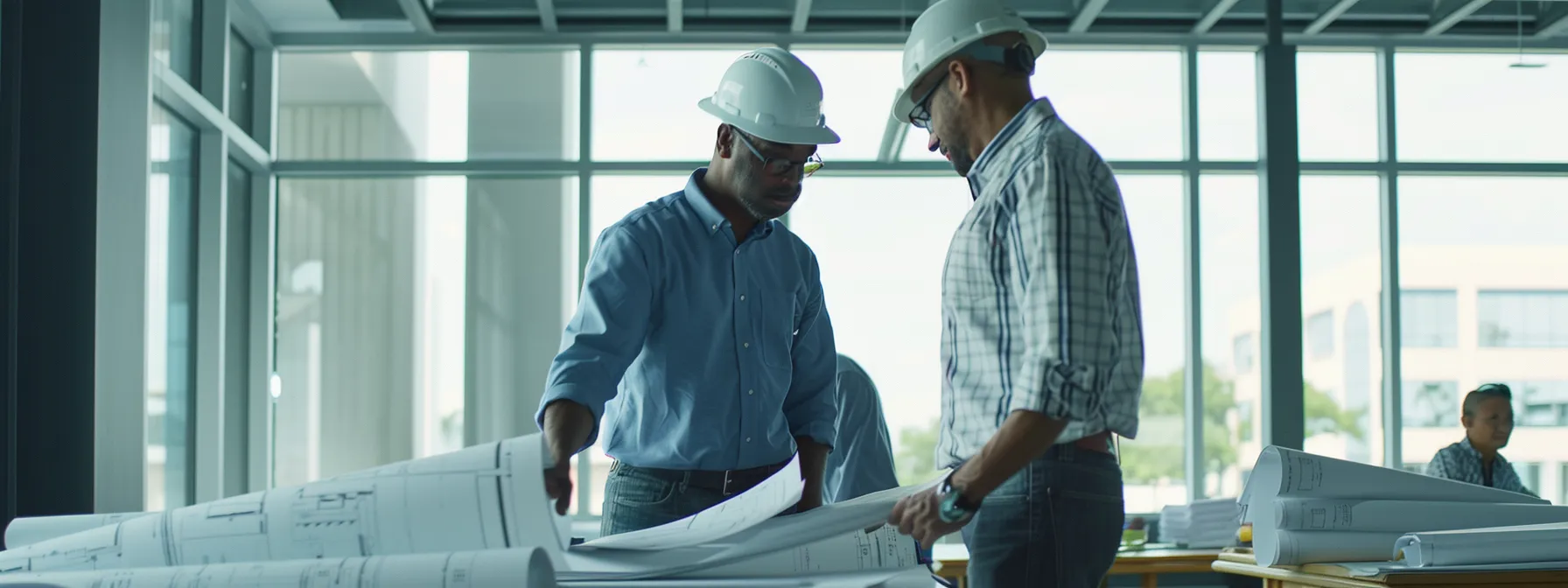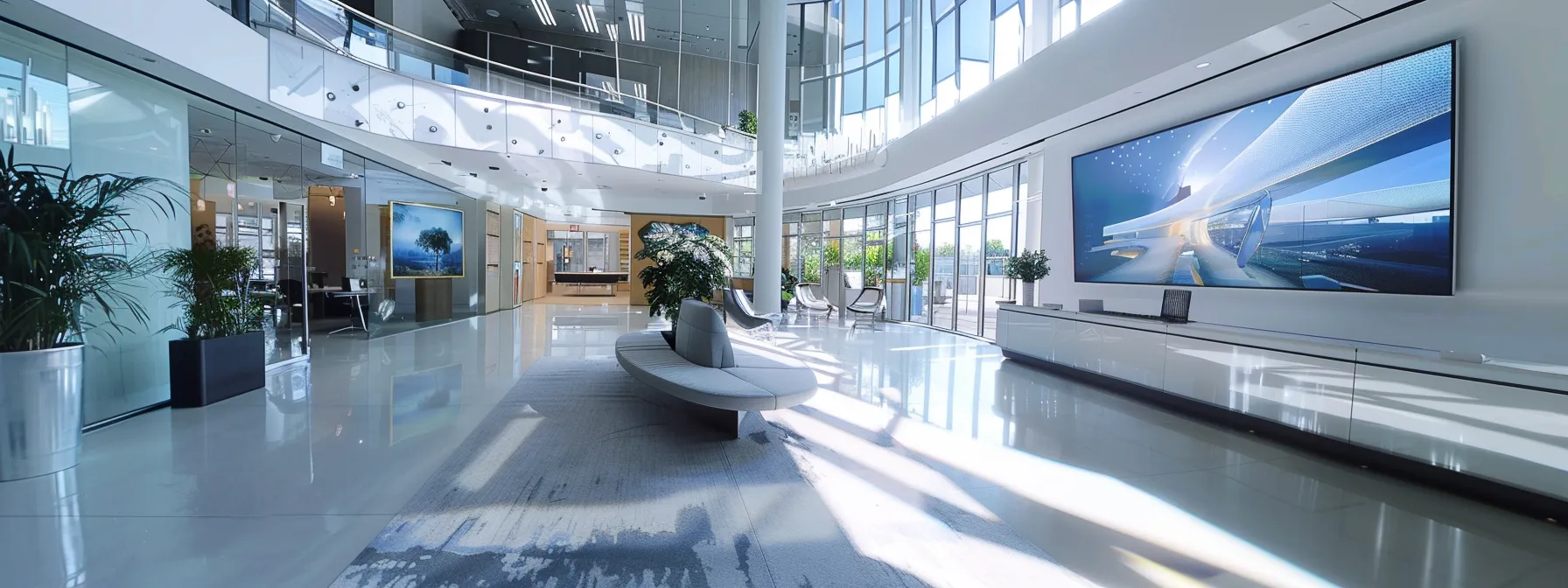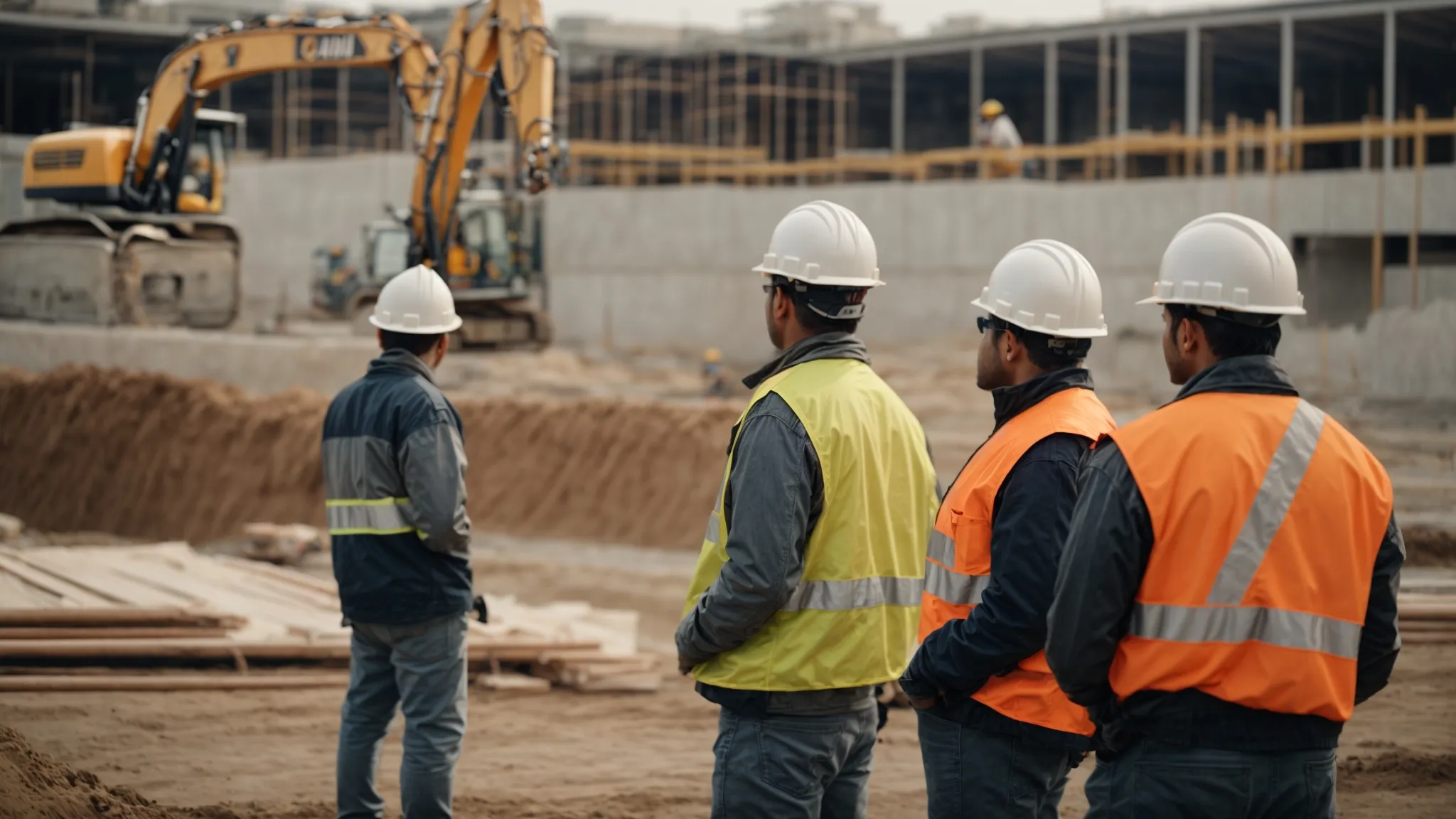Resources for Building a New Office Facility
Building a new office facility is a major investment for any business entity. It involves meticulous planning, a clear vision of the company’s future, and a thorough understanding of the necessary resources. From ensuring the safety of the workplace to integrating sustainable practices, there are multiple facets to consider. Below, we explore critical aspects that can help ensure your new office construction meets both your immediate needs and long-term objectives.
Essential Considerations Before Building Your New Office Facility

Starting a new office facility requires a strategic plan that prioritizes your business needs, employee comfort, and future growth. Focus on space requirements, flexible designs, and advanced technological infrastructure to create an environment that boosts productivity and job satisfaction. Visiting a workplace design showroom can offer practical insights into modern layouts and functionalities tailored to your vision.
Equally important is choosing the right architect and contractor who align with your goals and ensure safety standards are met. Installing Fire Alarm Voice Evacuation systems not only fulfills safety codes but provides cutting-edge protection for your team. Engaging employees and stakeholders early fosters morale, ensures a smooth transition, and creates a workspace everyone feels invested in.
Navigating Building Codes and Legal Requirements for New Office Construction
Building codes and legal requirements are crucial for safe and sustainable construction, impacting every aspect of the project. Understanding these regulations is essential, as they affect everything from ceiling height to emergency egress planning. Environmental regulations, such as water usage and waste management, are becoming stringent and reflect a company’s commitment to sustainability. Starting the process early can avoid project delays.
Accessibility concerns, such as the Americans with Disabilities Act (ADA), require careful attention in the design phase. Adhering to these guidelines is not only legal but also demonstrates inclusivity and ensures a welcoming office environment. Proper documentation and record-keeping are vital for expediting inspections, reducing legal challenges, and resolving disputes.
Sustainable Materials and Practices for Modern Office Facilities
The growing focus on environmental responsibility has led to the use of sustainable materials like bamboo for flooring, recycled glass and plastics, and certified sustainable wood products. These materials reduce the corporate carbon footprint and save money in the long term due to their durability. Energy-efficient design in contemporary office facilities, such as utilizing natural light and innovative heating, ventilation, and air-conditioning systems, contributes to the wellbeing and productivity of the workforce.
Green building certifications like LEED can boost a company’s reputation and ensure sustainability, motivating employees, attracting business partners, and appealing to an eco-conscious client base. Implementing a proper waste management strategy during construction is also crucial, as it minimizes waste and promotes recycling and repurposing, setting a precedent for operational practices and reinforcing a corporate image of environmental stewardship.
Leveraging Technology in Construction and Design of New Offices

Technological advancements have significantly impacted the construction and design industries, enabling stakeholders to visualize complex structures and designs before construction begins. Smart building technology automates processes, reducing energy costs and enhancing security. Internet-connected systems enable remote monitoring of environmental conditions, resulting in a dynamic work environment.
Modern office spaces require high-speed connectivity and seamless integration of information technology infrastructure. Planning for data centers, cabling, and wireless network solutions is crucial for businesses relying on digital communication and data analytics. Emerging tech solutions like IoT offer insights into usage patterns and optimize office efficiency. Workplace design showrooms showcase the convergence of functional design with technological innovation, promoting engagement and collaboration.
Financing Your Office Build: Budgeting and Financial Resources
A successful office facility construction requires a comprehensive financial plan that includes construction costs, furnishings, technology, landscaping, and unexpected contingencies. A detailed budget should outline each segment and account for potential overruns to prevent financial strain. Early exploration of financing options, such as traditional loans, leasing, or sustainable models, is crucial.
Consulting with financial advisors can help identify avenues that align with project needs and fiscal realities. Government grants, incentives for sustainable buildings, and public-private partnerships can alleviate financial burdens. A successful financial strategy also considers operational costs and long-term cash flow, including maintenance, energy bills, insurance, and upgrades.
Overall, the construction of a new office facility is a multifaceted venture that demands thoughtful planning, awareness of legal and sustainability issues, and technology integration, matched by robust financing strategies. Adhering meticulously to these principles not only fosters a safe and productive working environment but also contributes to your company’s lasting success and reputation.



